Independent Brands Conquer the Globe, Starting From Taking Over Factories?
The first step in going overseas is to have enough overseas factories.
In just these few days, Great Wall's factory in Brazil has officially been completed and put into operation. Moreover, on the day of the launch, the local top official personally witnessed the event, which fully demonstrates the significance of Great Wall's factory establishment in the area.
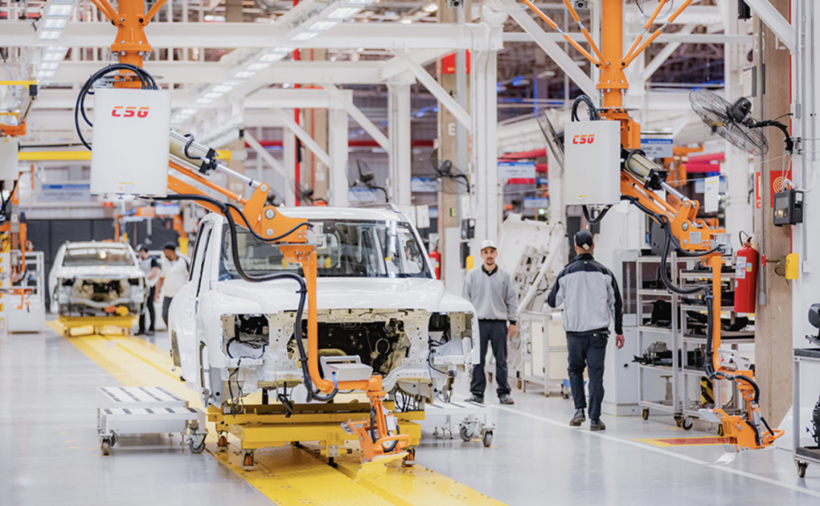
This news is not surprising. As early as August 2021, Great Wall acquired the land, factory buildings, and equipment of Mercedes-Benz's plant in São Paulo, Brazil. Over the past few years, Great Wall has renovated the plant and will subsequently produce models such as the Haval H6 GT, Haval H9, and Great Wall Pao, with an initial annual production capacity of 50,000 units. In addition, the base will also manufacture electrified vehicles including HEVs and PHEVs.
Not only Great Wall but most domestic brands are now choosing to build factories overseas, and the number of factories is quite significant. Even if some brands have not started building factories yet, they are already in the planning stages. The question arises: what benefits does this bring to expanding overseas?

Currently, the companies building factories overseas are basically well-funded traditional major manufacturers, such as Chery, SAIC, Changan, and BYD. New forces, limited by their profitability, are currently unwilling to act rashly, especially since the cautionary example of Neta is already well in front of them.
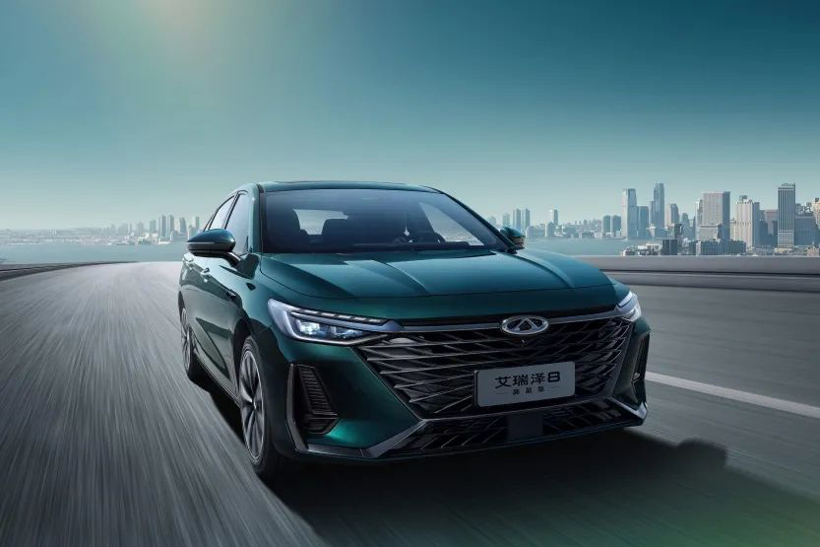
Chery is currently the best-performing Chinese brand in terms of globalization, with overseas sales reaching 1.14 million units in 2024, ranking first among Chinese brands. Chery also leads in the number of overseas factories among domestic brands, having established 10 factories in locations such as Iran, Russia, Brazil, and Egypt.
SAIC also has multiple factories around the world, covering locations such as India, Thailand, Indonesia, and Pakistan. SAIC Motor's overseas sales are also among the top, exceeding 1 million units in 2024.
In other words, there is indeed a certain relationship between the number of overseas factories and export volume.

Currently, independent brands are taking advantage of the new energy sector to overtake their competitors, leading more and more OEMs to expand abroad. For instance, Changan's first overseas new energy vehicle plant in Thailand, the Rayong Plant, officially commenced production in May this year. In addition, Changan has planned for 20 overseas vehicle manufacturing plants.
BYD has been expanding globally, with factories in Brazil, Hungary, Thailand, Uzbekistan, and other locations. According to the data, BYD's overseas sales are also surging, reaching 470,000 units in the first half of 2025, a year-on-year increase of 132%.
Building factories overseas has become a necessary option for Chinese carmakers going global, but the costs are not cheap. For example, BYD's factory in Thailand has a total investment of 35 billion Thai baht (approximately 7.7 billion RMB).
There’s no getting up early without a profit—in other words, for car companies, this is indeed a lucrative deal.

First of all, there is the shipping cost. If there are no overseas factories, cars must be shipped abroad to be sold. Roughly estimated, the shipping cost for a Chinese-made car from China to Europe is nearly 10,000 yuan per vehicle.
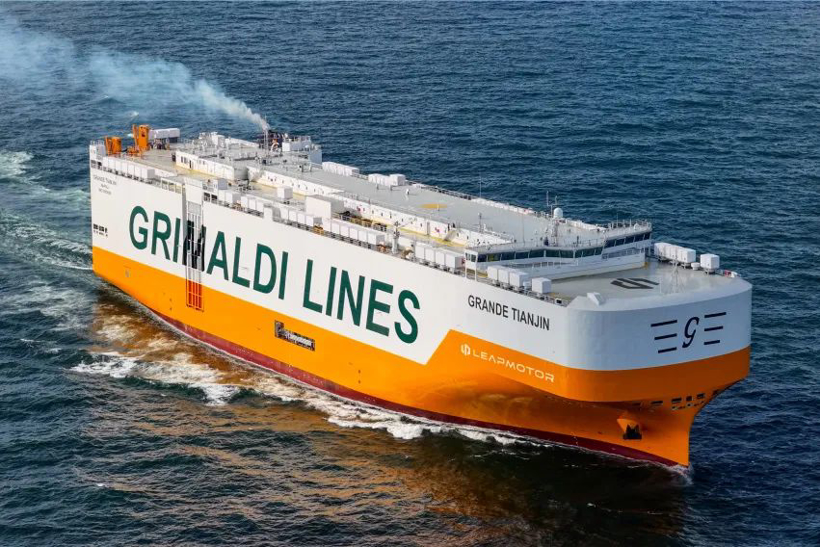
This is also why many domestic brands have recently started to build their own fleets, including BYD, Leapmotor, and others. In addition to freight costs, expenses such as insurance and loading and unloading fees also represent a considerable cost.
However, transportation costs are just a minor part; the real savings come from reduced tariff costs. For example, Thailand imposes about a 50% tariff on imported vehicles from China, but with localized production, this can be reduced to 0-20%. For a car priced at 100,000 yuan, this means direct savings of tens of thousands of yuan per vehicle.

Building factories overseas can save about 40% of the cost per vehicle, so domestic brands have every reason to do so. According to CITIC Securities' estimates, overseas factories break even when their capacity utilization reaches 40%; if it reaches 80%, the profits of overseas factories can even exceed those of domestic ones.
The most important thing after reducing costs is to enhance the cost-effectiveness of the vehicles. It's worth noting that Chinese electric cars are sold quite expensively abroad, with prices in some places even being twice as high as domestic prices. Now, with the savings from building factories overseas, prices should also be adjusted, and whether sales will increase is obvious.
Besides saving money, building factories overseas can also help car companies save a significant amount of time cost. Those who have bought imported cars know that maintenance is a big hassle because they have to wait for original parts from abroad; foreigners buying Chinese imported cars face the same issue.
Now that Chinese car companies have overseas factories, with the localization rate of auto parts increasing, repair times may be shortened from the original ten days or half a month to just two or three days. Wouldn’t customer satisfaction with service skyrocket as a result?
In addition to "cost-saving," overseas factories can actually help Chinese automakers penetrate surrounding markets more quickly. For example, over 40% of the annual 150,000-unit capacity at BYD's Rayong plant in Thailand is exported to neighboring countries such as Malaysia and Vietnam through ASEAN zero-tariff policies. After Great Wall Motors' factory in Brazil begins production, it will also be able to quickly reach markets in Latin American countries like Mexico, Argentina, and Chile.
Undoubtedly, establishing factories overseas can serve as a starting point to drive broader development, helping domestic brands rapidly expand into global markets. This is why car manufacturers are willing to spend large sums of money to build factories everywhere.

Building factories overseas is not a one-time solution after completion; there are also quite a few bumps along the way.
First of all, policies, regulations, and technical standards vary across different countries and regions. For example, Europe has extremely strict emission and safety standards. When domestic brands set up factories in Europe, they must ensure compliance with local production standards. This requires automakers to invest significant time, effort, and funds in research and testing to meet local regulatory requirements.
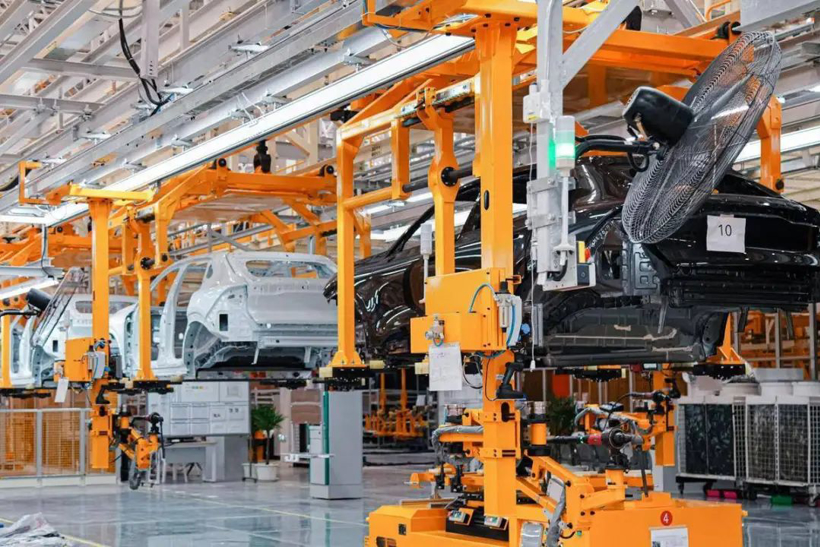
Overseas factory construction also requires automakers to rapidly increase the localization rate of their supply chains. Previously, the self-sufficiency rate of automotive steel sheets in Thailand was insufficient, so Chinese brands had to import steel from China. As a result, after adding up logistics and tariffs, the overall costs ended up being even higher.
Apart from that, although production capacity has increased, whether sales can keep up is also a concern. BYD's factory under construction in Hungary has an annual capacity of about 300,000 vehicles, but its sales in Europe for 2024 are only 50,000.
To avoid idle production capacity, it is necessary to quickly boost sales. In addition to rapidly changing the local perception of Chinese cars as “cheap,” it is also important to offer differentiated advantages. Therefore, how to leverage leading assisted driving technologies and other strengths in overseas markets is also an issue that domestic brands need to consider.

For independent brands, globalization is not an elective course, but a compulsory one.
Nowadays, domestic brands are setting up factories overseas, giving them the possibility to stand on the same "starting line" as their competitors: the same costs and the same response speed.
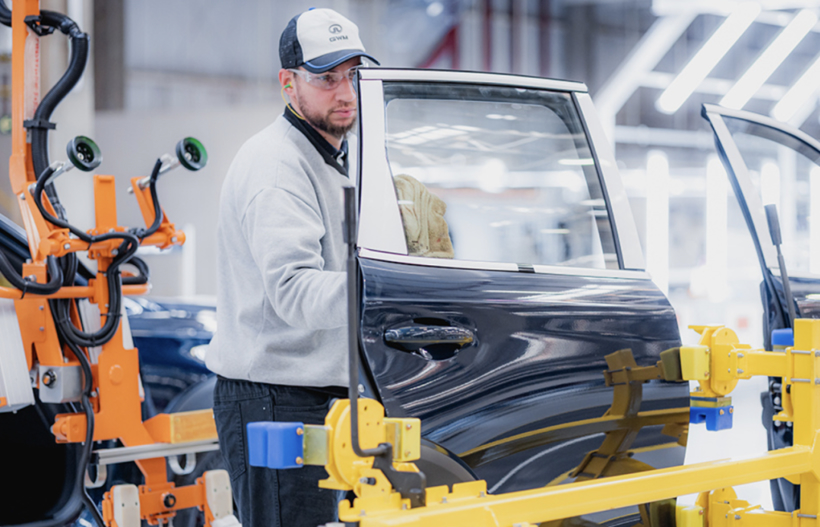
Localized production, after all, is just the stepping stone to entering the market. What truly supports the sustainability of domestic brands are technology, supply chains, and talent.
“Building factories overseas is not the end, but rather the entrance exam for the course of becoming a ‘global brand.’” As Wei Jianjun, Chairman of Great Wall Motors, said, Chinese brands still need to keep striving on the path of globalization.
【Copyright and Disclaimer】The above information is collected and organized by PlastMatch. The copyright belongs to the original author. This article is reprinted for the purpose of providing more information, and it does not imply that PlastMatch endorses the views expressed in the article or guarantees its accuracy. If there are any errors in the source attribution or if your legitimate rights have been infringed, please contact us, and we will promptly correct or remove the content. If other media, websites, or individuals use the aforementioned content, they must clearly indicate the original source and origin of the work and assume legal responsibility on their own.
Most Popular
-

EVA Morning Prices on September 12: Most of the Market Holds Steady, Highest Rise of 50 Yuan
-

Domo Chemicals Files for Bankruptcy Protection in Germany! B. Braun Launches New Supply Assurance Program
-

Vynova's UK Chlor-Alkali Business Enters Bankruptcy Administration!
-

[PET Weekly Outlook] Polyester Bottle Chips Expected to Oscillate and Warm Up with Costs Today
-

Case Study | Clariant AddWorks™ Additives Solve Plastic Yellowing Problem






